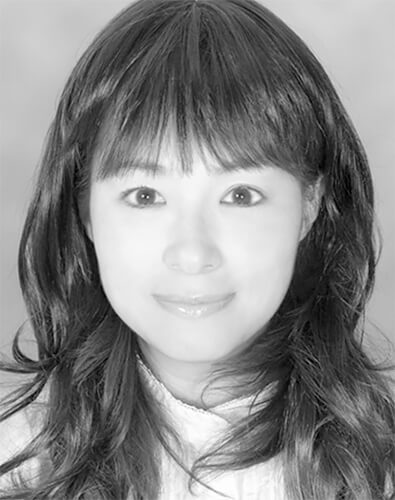Yukari Chikura born in Tokyo, Japan. After graduated from university of music. She became music composer and computer programmer. She is the winner of STEIDL BOOK AWARD and her work has been published by STEIDL. She was selected as "FOTOFEST Discoveries of the Meeting Place 2018". She won LensCulture Emerging Talent Awards 2016, Sony World Photography Awards , Photolucida Critical Mass TOP50 2016 & 2015 among others.
Her work has been published by New York Times, Guardian among others. She held 12 places solo exhibition and group exhibition at museum, gallery around the world. Some projects have collected in Griffin Museum in US and Bibliotheque national de France.
ZAIDO
This book is Yukari Chikura's preservation of the 1300-year-old Japanese ritual festivity "Zaido." Following a series of tragedies including her father's sudden death, her own critical accident and the 2011 Tohoku earthquake and tsunami, Chikura recalls how her father came to her in a dream with the words: "Go to the village hidden deep in the snow where I lived a long time ago." And so with camera in hand she set off on a restorative pilgrimage to northeast Japan (the first of numerous journeys), which resulted in this book.
Chikura arrived at the village, surreally silver in the snow and mist, and there discovered Zaido, where inhabitants from different villages gather on the second day of each new year and conduct a ritual dance to induce good fortune. The performers dedicate their sacred dance to the gods and undergo severe purifications. Combining photos of snowscapes that border on abstraction with images of the intricate masks and costumes of Zaido, Chikura depicts the cultural diversity of the participants as well as their common bond in creating collective memory and ensuring the survival of this ritual.
More about Zaido by Ann Jastrab